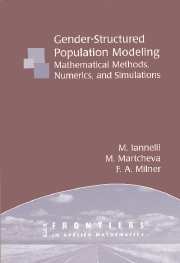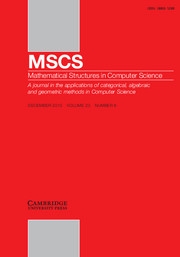Ants, Bikes, and Clocks
Mathematics educators agree that problem solving is one of the essential skills their students should possess, yet few mathematics courses or textbooks are devoted entirely to developing this skill. Supported by narrative, examples, and exercises, Ants, Bikes, and Clocks: Problem Solving for Undergraduates is a readable and enjoyable text designed to strengthen the problem-solving skills of undergraduate students. The book, which provides hundreds of mathematical problems, gives special emphasis to problems in context, often called story problems or modeling problems, that require mathematical formulation as a preliminary step. Both analytical and computational approaches, as well as the interplay between them, are included. This engaging book will strengthen students' mathematical skills, introduce them to new mathematical ideas, demonstrate the connectedness of mathematics, and improve both their analytical and computational problem solving. Students are encouraged to use the computer, or any tool at hand, for experimentation or to test their ideas.
- Suitable for an undergraduate problem-solving course or as a resource for mathematics educators
- Provides hundreds of mathematical problems that can be used in any course
- Relies mostly on two semesters of calculus, although much of the book requires only precalculus skills
Reviews & endorsements
'Briggs's book is in some sense an update of Polya's classic, How to Solve It. Certainly Briggs pays due homage to the master, cites his four main principles of problem solving, and organizes his text in a manner that at least pays homage to Polya. But Briggs goes much further. His writing style is lively and attractive. He gets in the reader's face and stays in his/her face from page one. He does this in a friendly way, one that gets the reader involved and keeps him/her involved as the work progresses. …The student will be carried along by this book, and ever anxious to learn the next new idea. I like Briggs's book so well that I would certainly make considerable use of his text the next time that I teach problem-solving.' Steven G. Krantz, Washington University in St. Louis
'More than 50 years ago, G. Polya wrote a book on problem solving strategies which became very popular, How to Solve It. Briggs's book is not intended to replace, but rather to complement Polya's classic book. For example, not only are Polya's principles of analytical problem solving cited and discussed in Briggs's book, but they are also adapted to computational problems. In fact, the interplay between the analytical and computational approaches to problem solving is very useful since computers became part of our daily lives. … In summary, this is an excellent and opportune book about problem solving, not only for undergraduates, but for everyone who is interested in problem solving strategies.' Eduardo Abreu, BioMedical Engineering
'It is the problems that make this book worth a look. Nearly every mathematical puzzle that I can recall is represented in this book. If you believe (as I do) that problem solving can only be learned by solving problems, then this is the book for you.' Dr Jeffrey A. Graham, MAA Reviews
Product details
No date availablePaperback
9780898715743
174 pages
253 × 175 × 11 mm
0.323kg
Table of Contents
- 1. Introduction
- 2. A problem solving framework
- 3. Problem solving strategies
- 4. How do you do it?
- 5. Parts of the whole
- 6. A world of change
- 7. At any rate
- 8. Difference equations
- 9. Insight and computing
- 10. Take a chance
- 11. Toward modeling
- 12. Solutions
- Bibliography
- Index.








